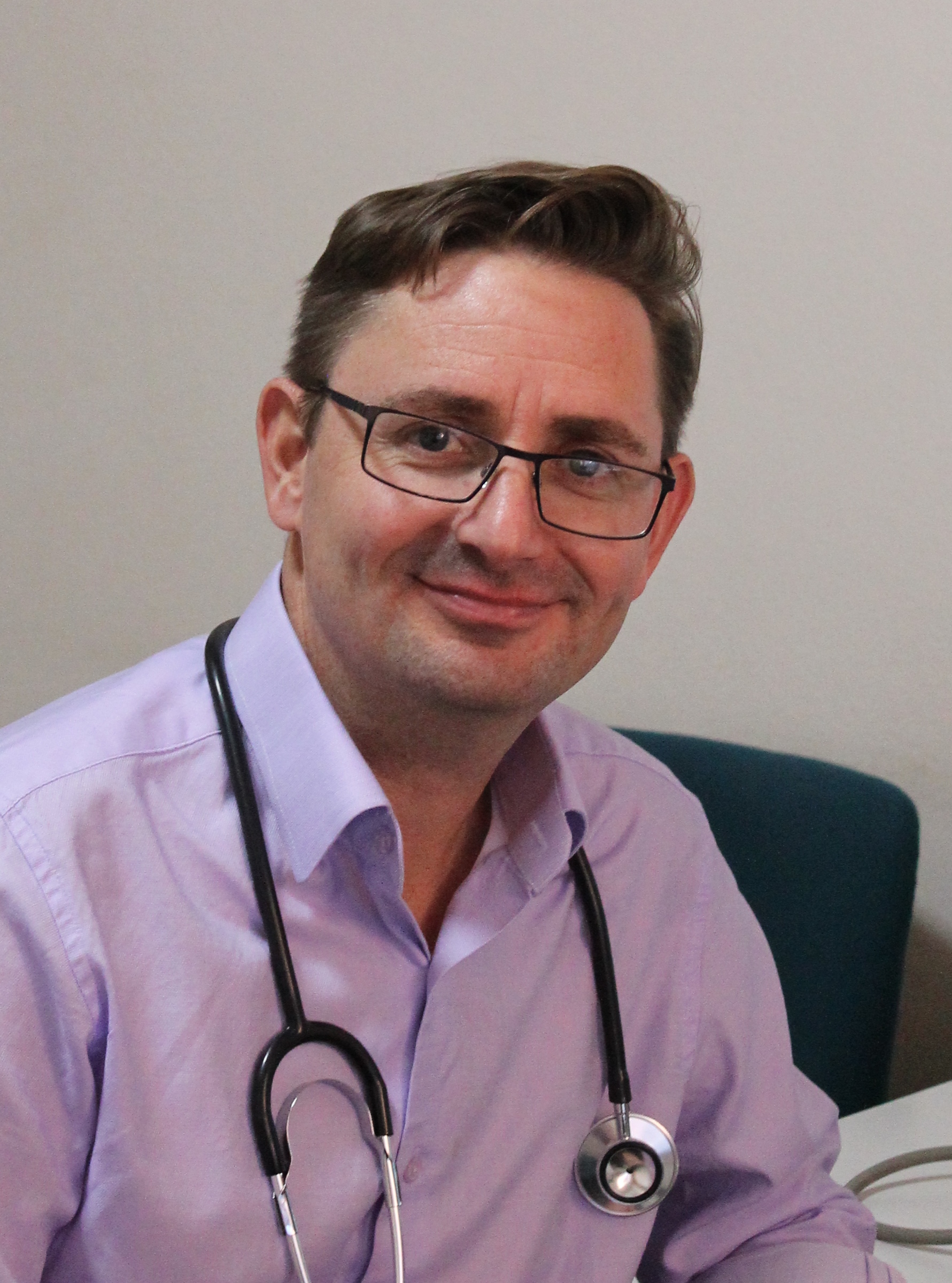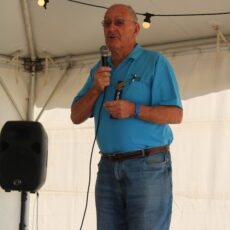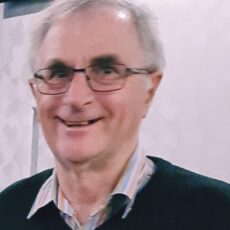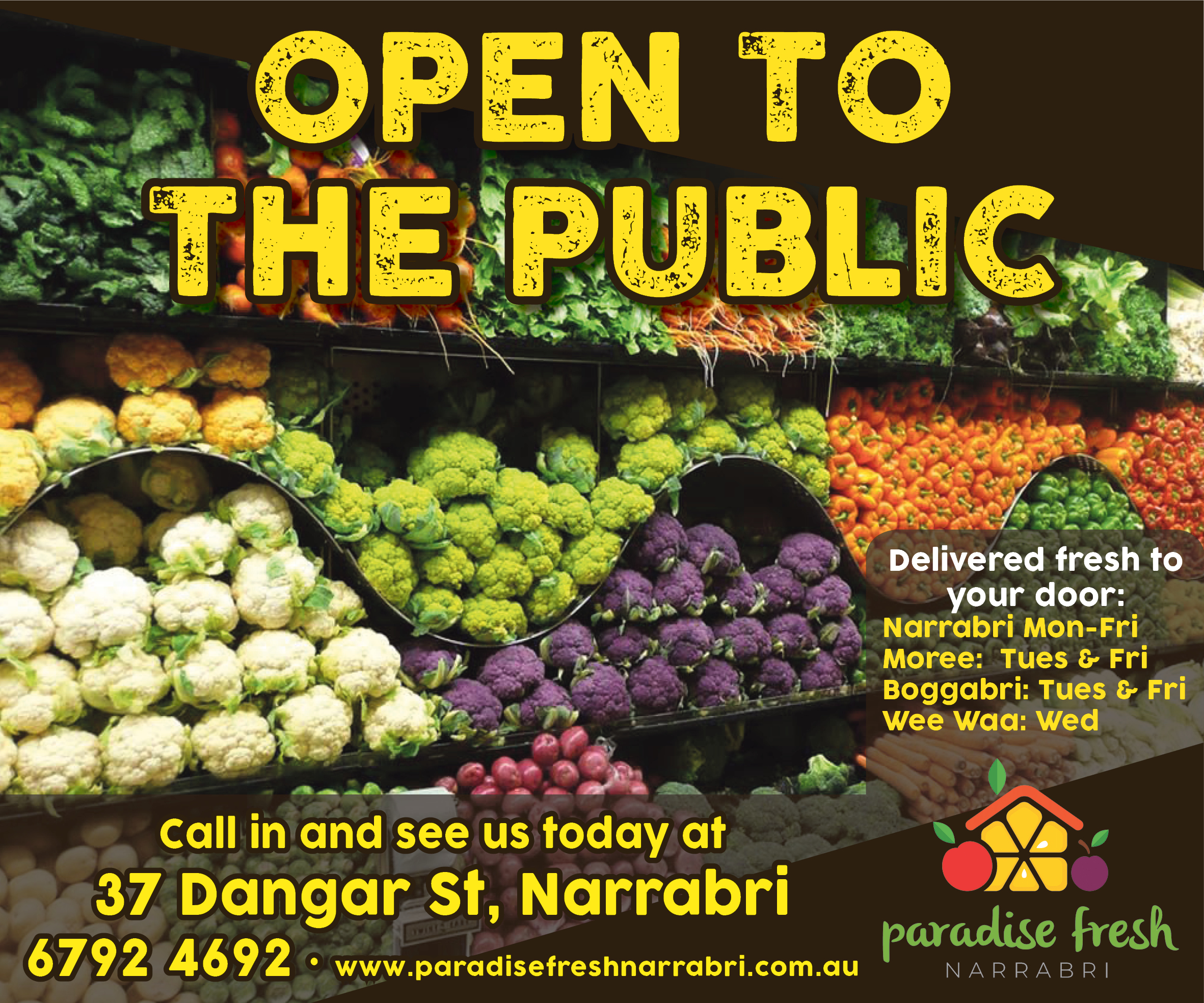To deliver more of the right doctors with the right skills to rural communities, the crucial first step is to understand what is a ‘real rural’ town…and what isn’t.
That means redefining what is the ‘real rural’, and ensuring measures are targeted to entice doctors specifically to those communities, the Rural Doctors Association of Australia said last week.
RDAA has asked the federal government to target future rural doctor workforce measures (whether new or revised) to Modified Monash 3-7 areas only.
The Modified Monash Model is how a location is defined as city, rural, remote or very remote.
Currently, many of the same measures are also available to doctors in MM2 areas (large regional centres).
“The time has come for the federal government to rework clumsy measures that are not 100 per cent effective in delivering doctors to small rural communities – and instead, at times, encourage doctors to work in larger regional cities and suburban centres,” RDAA president, Dr John Hall, said.
“This is because numerous measures designed to entice doctors to small rural communities are currently also available to doctors in very large centres.
“The Commonwealth is investing well over $1 billion every year to address the significant maldistribution of the medical workforce, and improve access to care for rural and remote Australians.
“But large regional centres are absorbing the bulk of this funding.
“It is time to ensure these dollars are invested into rural and remote communities where the struggle to recruit and retain doctors is real.
“The current blunt ‘one size fits all’ approach does not recognise the very different challenges faced by rural doctors.
“Doctors in large regional cities and suburban centres generally work 9am-5pm, often live away from their ‘work life’ (and patients) via a short commute, have large tertiary
hospital support nearby, and have easy access to many cultural and educational choices for them and their families.
“By contrast, doctors in ‘Real Rural’ towns often have significant after-hours and on-call workloads, often work both at the general practice and local hospital, and generally need to live in their communities (so they often need to interact more with patients outside work, even if unintentionally).
“We know that most rural doctors would not trade their career and lifestyle for anything – they love it – but these measures are really meant to make rural practice as appealing as possible to those who may otherwise be considering a career move to more urban locations.
“Under the current approach, what hope does Tennant Creek, Katherine and even Alice Springs have in attracting more doctors, when doctors in Darwin have access to the very same measures?
“What hope does Cloncurry, Blackwater and Mt Isa have when doctors in Cairns or Townsville have access to the very same measures?
“And what hope is there for rural Tasmanian towns, when doctors in Hobart have access to the very same measures?
“We are not saying that doctors in large regional and suburban centres do not face their own challenges, and specific pockets of these larger locations may need support measures as well. But the measures provided to entice doctors to ‘real rural’ locations should be different, more targeted, and more significant.
“In short, don’t give rural doctors the same initiative as their suburban or regional city counterparts – give them their own.”
RDAA’s call comes as Tasmania undertakes its first ever inquiry into rural health and NSW undertakes an inquiry into health outcomes and access to health and hospital services in rural, regional and remote New South Wales.
“With these state-based inquiries underway, and work progressing on the national pathway to deliver more Rural Generalist doctors to rural and remote communities, now is a timely opportunity to redefine the ‘Real Rural’ and get the right supports to where they are most needed.”
To order photos from this page click here






